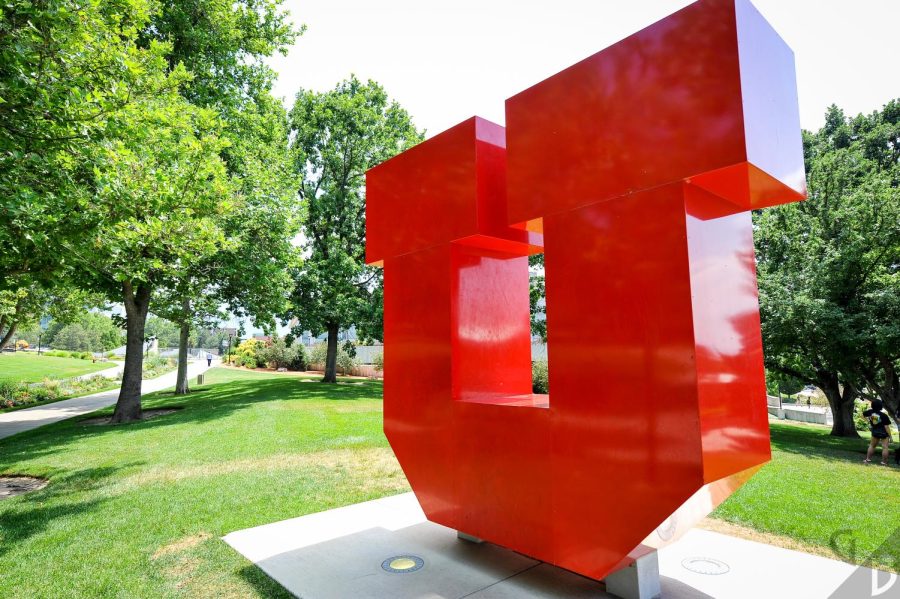The University of Utah joined the National Science Foundation’s newly established Southwest Sustainability Innovation Engine. The program plans to tackle water security and net carbon emissions by fostering technology innovation and workforce development.
The research program is part of the NSF’s ten regional innovation engines nationwide, led by Arizona State University. The program spans Utah, Nevada and Arizona.
The research team will have four leaders and more than 20 faculty members from different departments, said Meghan Dovick, director of the professional Masters of Science and Technology at the U.
“The U was definitely brought on to this grant because of all the research that we bring to the table,” she said. “The potential that Utah has to offer to the engine in terms of economic opportunities, job creation and the industries that already exist here — Utah, as itself — really had a lot of great things that we could bring into this award.”
The SWSIE officially starts in March, said Sarah Hinners, director of conservation and research at Red Butte Garden.The project’s first steps are coordinating the NSF funding and determining the CEO.
Brenda Bowen, professor of geology and geophysics, chair of atmospheric sciences and director of the Global Change and Sustainability Center at the U, said the team has “shovel-ready projects” they can work on immediately.
One of those projects is The MechanicalTree, a carbon capture technology developed by Carbon Collect the technology does not require energy-intensive fans to operate and is licensed by the company Carbon Collect with the backing of the U.S. Department of Energy.
“There’s still some issues to figure out around the policy limitations as well as what you do with that carbon once you take it out of the atmosphere,” Bowen said. “We need to do something with it and hopefully … find other industries where people want carbon.”
Another project is Pure SoJo, a water purification system piloted by the city of South Jordan. The project is the first demonstration of a portable water reuse system in Utah.
Jennifer Weidhaas, an associate professor of environmental engineering at the U, said the technology they are testing is more energy efficient than other water reuse systems. Weidhaas added that Pure SoJo plays into SWSIE’s workforce development objective.
“Right now we have training for people who run drinking water plants and we have training for people who run wastewater plants, but we don’t have anybody who’s going to run these new kinds of systems,” she said.
Bowen said the U and its academic partners are creating shared degree and certificate programs to boost workforce development. The certificate program will include partnerships with community colleges to make job opportunities more accessible.
“Some of these are jobs that we haven’t even invented yet … so being prepared to create those job training opportunities as the innovations are coming along is a big piece of what we’ll be doing,” she said.
The NSF engines were announced in May 2022, with funding later authorized by the CHIPS and Science Act. The SWSIE will receive $15 million in federal funding for two years and can be renewed for 10 years with a total of $160 million available for each regional research engine.
The program is intended to be different from other NSF programs by gearing scientific research toward economic growth and workforce development.
Hinners said the innovation engine is a paradigm shift in university research.
“We’re moving towards more of a model where we will partner with entities in the private sector or with communities or with governments to say, ‘What are the needs out there in the world?’ ‘What do you actually need research to be done on? And then bringing in these academic research powerhouses to move that research forward, so it’s a much more applied model of research,” Hinners said.
Editor’s note, March 8, 2024, 5:43 p.m. • This story was updated to clarify that The MechanicalTree is a carbon capture technology developed by Carbon Collect, not by ASU.



